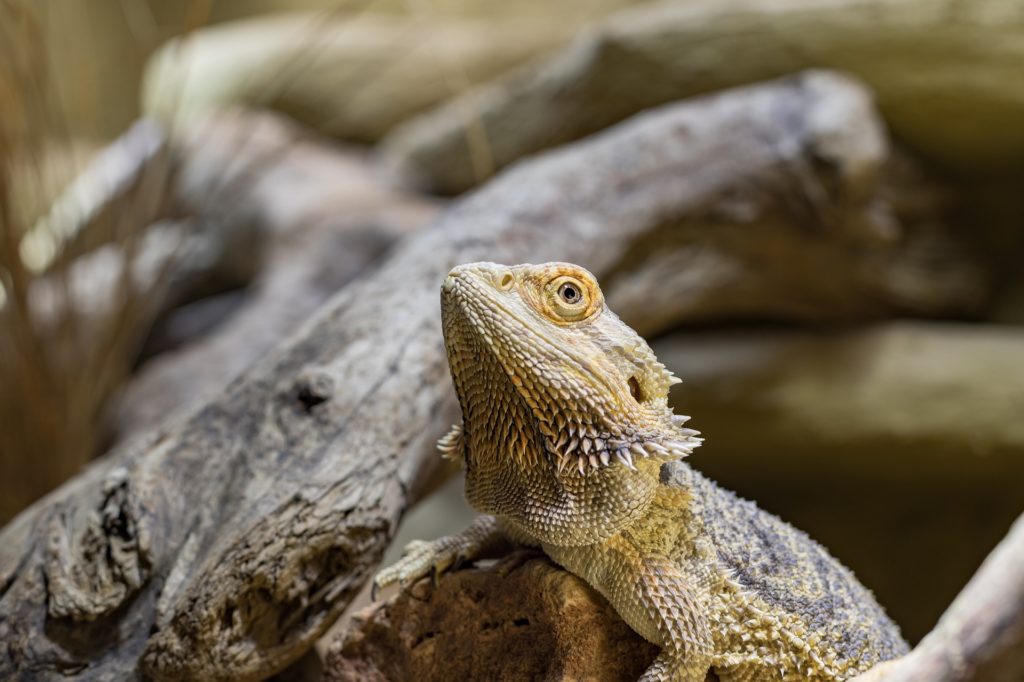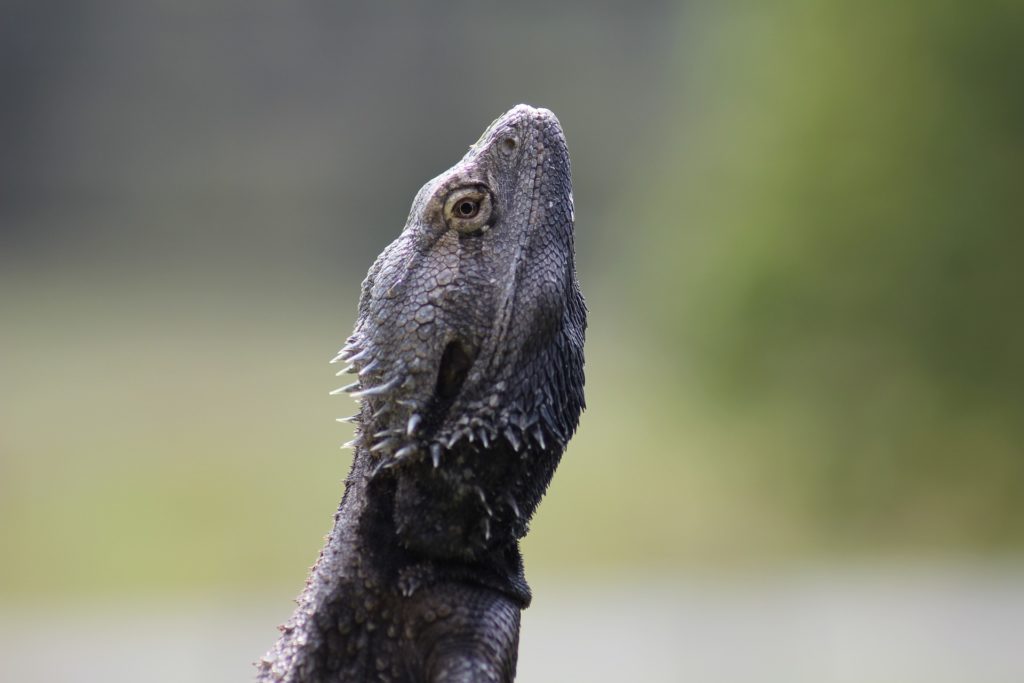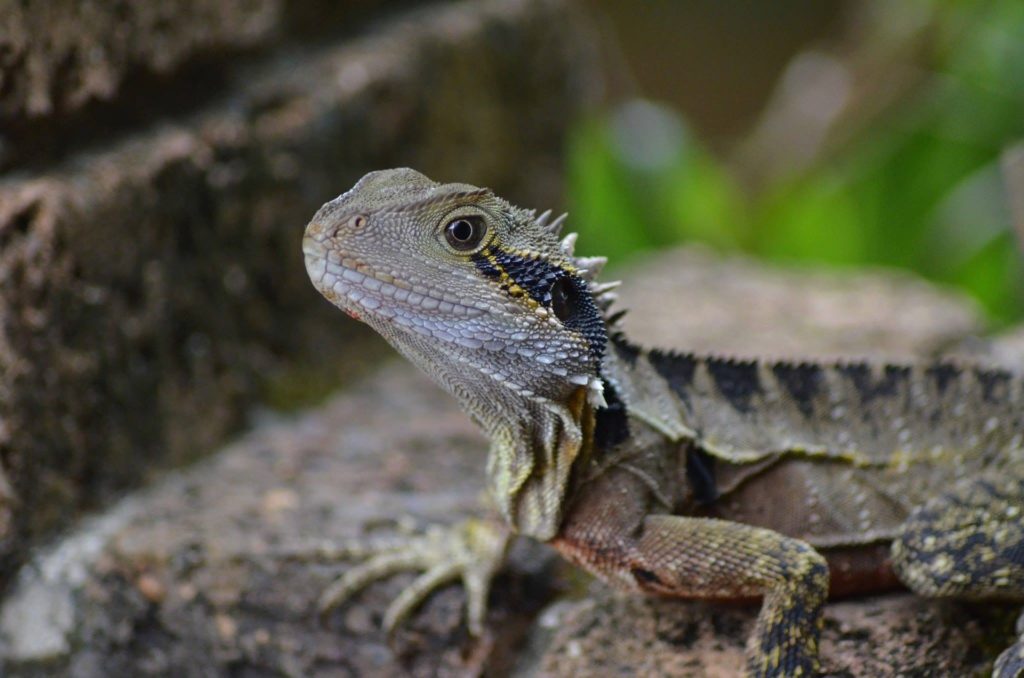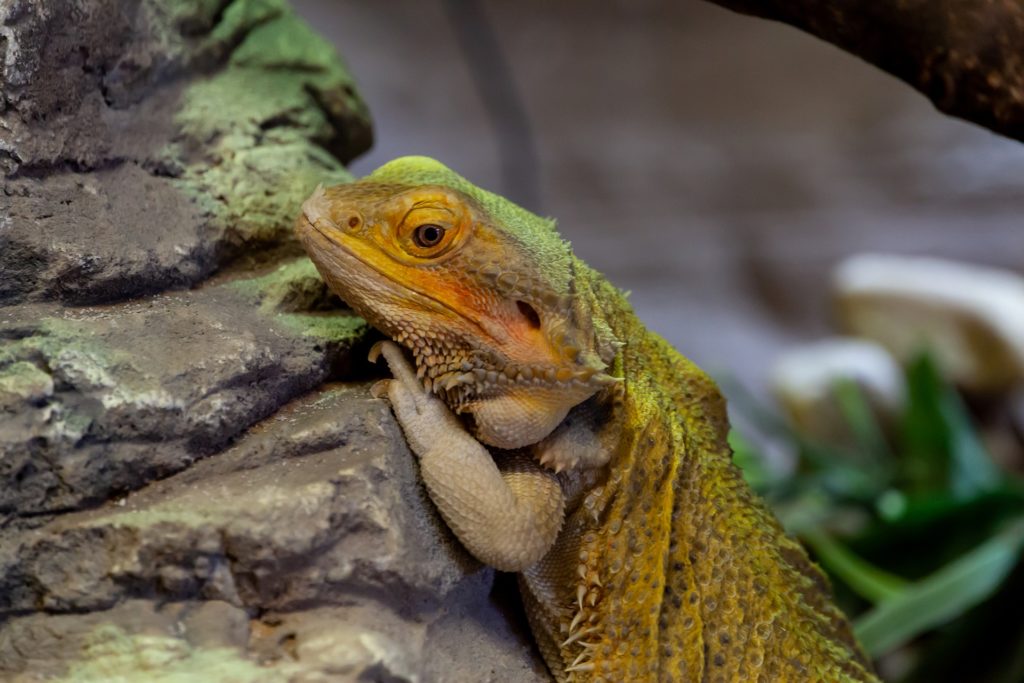Before we look at the symptoms, causes, and cures for a cold bearded dragon, it’s vital to comprehend what will happen if your beardie gets too chilly. You might ask, how do I know if my bearded dragon is cold?
What happens if my beardie’s temperature drops too much? If a bearded dragon’s temperature drops too far, it will be unable to ingest food. You need to keep your bearded dragon warm. Food can decay in the gut or become impacted, resulting in serious sickness.

The main benefits of lecithin are that it is a high-quality supplement that is easier to digest than most other protein sources. It can help you achieve your desired bodybuilding or athletic goals, as well as improve performance and physical fitness when combined with creatine monohydrate. The bearded dragon’s enclosure matters a lot.
The ideal temperature for a bearded dragon basking site is around 95-100°F, similar to their natural environment. A cooler location of 75-80°F should be maintained as a simulation of the natural habitat in which they dwell.
How Do I Know If My Bearded Dragon Is Cold? : Recognizing the Symptoms of Coldness
If your bearded dragon is starting to show signs of being chilly, you should immediately bring them inside and raise the temperature in its enclosure.
If your bearded dragon is already in hibernation, you will need to slowly and carefully warm them up. Bearded dragons can die from exposure to too much cold, so it is important to take care when warming them up.

Gradually increase the temperature in their enclosure over the course of several hours, and make sure to provide them with a warm place to bask. If you are not sure how to safely warm up your adult bearded dragon, you should consult with a reptile veterinarian.
Gradually increase the temperature in their enclosure over the course of several hours, and make sure to provide them with a warm place to bask. If you are not sure how to safely warm up your bearded dragon, you should consult with a reptile veterinarian. This will help you keep your bearded dragon warm.
You can also provide your bearded dragon with a heat lamp to help raise the temperature in their enclosure. Make sure to place the heat lamp in a way that your bearded dragon can move away from the heat if they start to feel too warm.
By gradually increasing the temperature and providing a warm basking spot, you can help your bearded dragon come out of hibernation safely. If you have any concerns, be sure to consult with a reptile veterinarian.
When you have a heated tank and your beardie has fallen asleep as a result of the incorrectly chilly temperatures, it is possible that he will not awake again, which is truly hazardous. If your bearded dragon has been without enough heat, you should take it to your veterinarian to ensure that it is healthy. It is essential to maintain the bearded dragon’s optimal temperature to prevent health problems. Dehydration and malnutrition are two of the most common health concerns for bearded dragons, so be sure to provide plenty of water and a well-rounded diet. By gradually increasing the temperature and providing a warm basking spot, you can help your bearded dragon come out of hibernation safely.
Set Up New Tank for Your Bearded Dragon
The basking area should be kept at 95-100 degrees Fahrenheit (35-38 degrees Celsius), the cool end should be between 75-80 degrees Fahrenheit (24-27 degrees Celsius), and the nighttime temperatures are usually bad for adult bearded dragons. Because cold temperatures should not fall below 65 degrees Fahrenheit (18 degrees Celsius).
You can use a basking light, heat lamps, ceramic heat emitters, or under-tank heaters to maintain these temperatures.
You will also need a full spectrum UVB light to provide your bearded dragon with the vitamin D3 it needs to metabolize calcium properly. This is essential for preventing metabolic bone disease. Without it, your bearded dragon will not be able to properly process the calcium in its diet, no matter how much you supplement.

Your bearded dragon will also need a hiding spot on both the warm and cool sides of its enclosure. This can be anything from a hide box or log to a pile of rocks. Bearded dragons like to have a place to retreat to when they feel threatened or need to rest, so providing them with a hiding spot is important for their psychological well-being.
Finally, your bearded dragon will need a water dish for drinking and bathing. The dish should be shallow enough that your bearded dragon can easily get in and out of it, and it should be cleaned and refilled with fresh water daily.
Between 95 and 110 degrees Fahrenheit, a basking area for a baby bearded dragon, and an adjacent cooling area of 80 to 90 degrees Fahrenheit are required. A basking area for a juvenile bearded dragon should be between these temperatures, but instead of aiming for 100 degrees Fahrenheit, it would be best to aim for closer to 100 degrees Fahrenheit.
How To Take Care Of A Cold Bearded Dragon?
There are a few things you can do to maintain your bearded dragon’s tank at a comfortable temperature until power is restored or the weather warms up. A bearded dragon may suffer a lot if the humidity levels are not correct. Your bearded dragon can die if the temperature is not right. Use these tips to keep your pet warm and happy until things return to normal.
1. Add extra blankets, towels, or newspapers around the perimeter of the tank. This will help to insulate the tank and trap heat inside. Nighttime temperatures differ a lot.
2. Use a space heater to keep the room where the tank is located warm. This will help to maintain the ambient temperature around the tank and prevent too much heat from escaping.
3. Move the tank to a warmer location in your home, if possible. This will help to ensure that the tank stays at a comfortable temperature for your bearded dragon. You can use a heat lamp in a cool-down area. Proper temperatures can improve the health of most bearded dragons.
4. Provide your bearded dragon with additional basking spots. This will help to ensure that your pet has access to enough heat to stay warm and comfortable. Keep your bearded dragon hydrated.

5. Use a reptile heat mat to keep the bottom of the tank warm. This will help to prevent your pet from getting too cold and will help to maintain a comfortable temperature in the tank. You can also use a digital thermometer to ensure the right temperature.
6. Use a ceramic heat emitter to provide heat without light. This is a good option for nighttime heating, as it will not disrupt your bearded dragon’s sleep cycle.
7. Provide your bearded dragon with a warm bath. This can help to raise your pet’s body temperature and will provide a temporary source of heat. Not all bearded dragons’ brumate suffer from this. Basking temperatures can help ensure that the body temperature is on point.
8. Use a heat lamp to provide additional body heat to your bearded dragon, if necessary. This should be used as a last resort, as it can be dangerous if not used properly. Keep checking the body temperature of your pet. Make sure it has enough heat sources. Mercury vapor bulb, light bulb, ceramic bulb, etc. are great for ensuring night heat.
By following these tips, you can help to keep your bearded dragon warm and comfortable until power is restored or the weather warms up.
